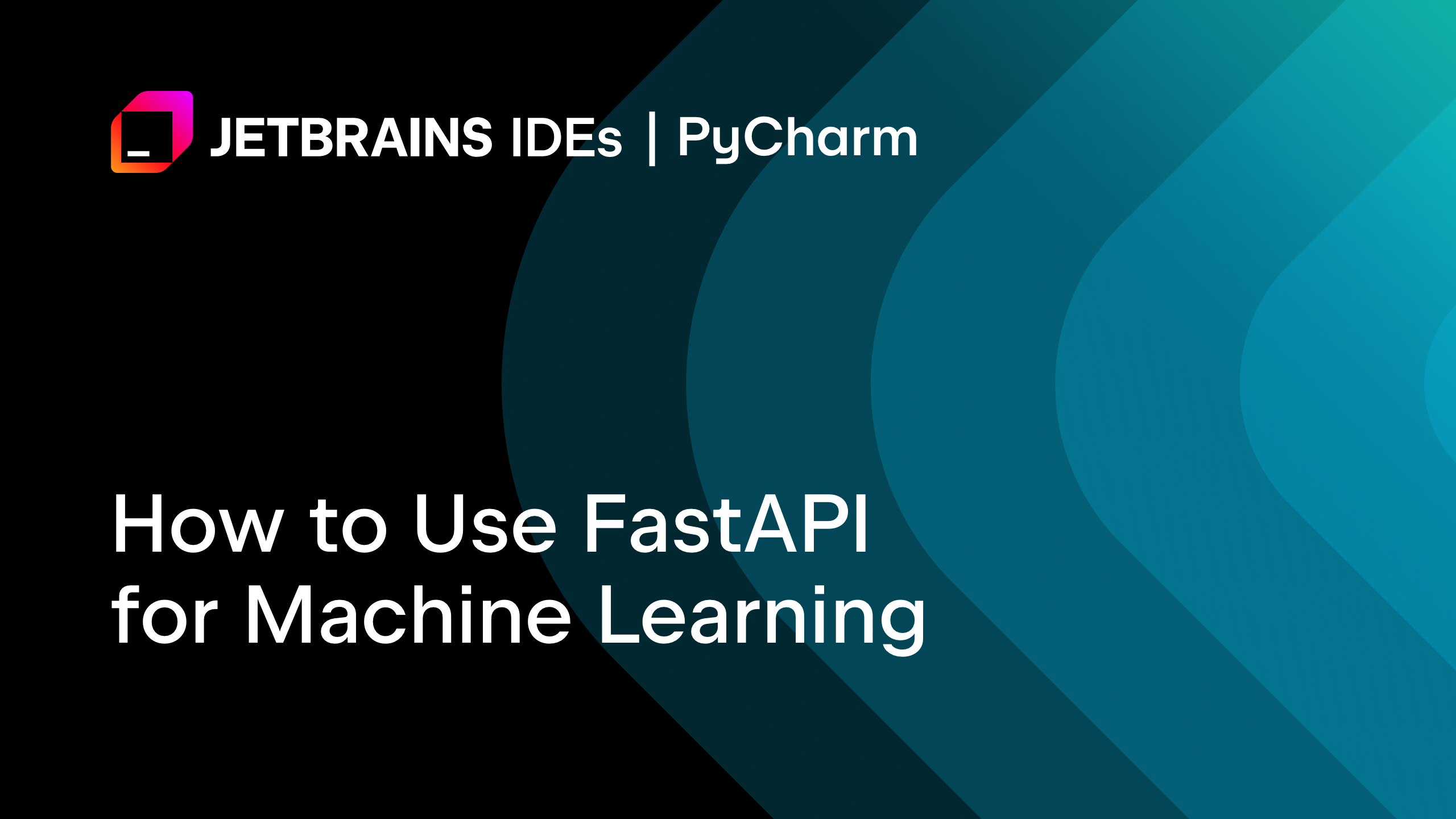Data Science How-To’s Jupyter notebooks are an important tool for data scientists, providing an easy option for conducting experiments and presenting results. According to our Developer Ecosystem Survey 2023, at least 35% of data professionals use Jupyter notebooks. Furthermore, over 40% of these users spend more than 20% of their working time using these resources. […]
Data Science How-To’s This is a guest post from Cheuk Ting Ho, a data scientist who contributes to multiple open-source libraries, such as pandas, Polars, and Jupyter Notebook. FastAPI provides a quick way to build a backend service with Python. With a few decorators, you can turn your Python function into an API application. It […]
Data Science How-To’s Read this post in other languages: Jupyter notebooks allow you to tell stories by creating and sharing data, equations, and visualizations sequentially, with a supporting narrative as you go through the notebook. Jupyter notebooks in PyCharm Professional provide functionality above and beyond that of browser-based Jupyter notebooks, such as code completion, dynamic […]
by: Xiangmin Liang, Sivakumar Bhavanari, Amre Shakim A deep dive into the streaming aspect of the Lambda architecture framework that optimizes how data is consumed from system-of-record data stores and updates secondary read-optimized stores at Airbnb. In our previous blog post we introduced the motivation and high-level architecture of Riverbed. As a recap, Riverbed is […]
Data Science How-To’s PyCharm is one of the most well-known data science tools, offering excellent out-of-the-box support for Python, SQL, and other languages. PyCharm also provides integrations for Databricks, Hugging Face and many other important tools. All these features allow you to write good code and work with your data and projects faster. PyCharm Professional’s […]
On Spotify’s Analytics Platform, we’re dedicated to building products that empower data practitioners to discover, analyze, and share insights — […] The post Are You a Dalia? How We Created Data Science Personas for Spotify’s Analytics Platform appeared first on Spotify Engineering. Source link
We have a lot of dashboards at Spotify. Our Insight teams and analysts from across the company are constantly whipping […] The post Unlocking Insights with High-Quality Dashboards at Scale appeared first on Spotify Engineering. Source link
We are excited to share our work on how to learn good proxy metrics from historical experiments at KDD 2024. This work addresses a fundamental question for technology companies and academic researchers alike: how do we establish that a treatment that improves short-term (statistically sensitive) outcomes also improves long-term (statistically insensitive) outcomes? Or, faced with […]
Check out Data Platform Explained Part I, where we started sharing the journey of building a data platform, its building […] The post Data Platform Explained Part II appeared first on Spotify Engineering. Source link
For quite some time now, I’ve been developing an interest to data analysis to find new ways to improve mobile app. I’ve recently found some time to experiment neural language processing for a very specific usecase related to my daily work, sentiment analysis of customer reviews on fashion items. Context I’ve been working in fashion […]






